Current expected credit losses (CECL) Update
September 25, 2023
What is the Current Expected Credit Losses (CECL) standard?
CECL requires companies to estimate and immediately recognize expected credit losses over the life of certain financial assets, such as accounts receivables, notes, loans, other receivables, qualifying securities, and sales-type or direct-financing leases. All companies with qualifying assets, including private non-financial services companies, are required to adopt CECL.
What is the implementation date for CECL and why does it matter?
For public entities, the implementation date has already passed. CECL became effective on January 1, 2023 for most private companies (e.g., reporting periods beginning after December 15, 2022). Failure to comply with the standard could result in financial misstatements, restatements, and regulatory inquiries.
What should I be doing now for CECL adoption?
Implementation actions include creating loss rate models, developing new models for new products in line with CECL requirements, creating technical accounting support including implementation/adoption memorandum, and updating financial statement presentation and disclosures. CECL is a complex standard that could pose significant challenges for private companies.
What are the basic steps that should be taken when implementing CECL?
Step 1: Identify and gather contracts for all financial assets measured at amortized cost; net investments in leases recognized by a lessor in accordance with ASC Topic 842; off-balance sheet credit exposures not accounted for as insurance; and reinsurance recoverables that result from insurance transactions within the scope of ASC Topic 944 on insurance; that are owned by the company.
Step 2: For the first-time adoption of CECL, follow the guidance in ASC 326-10-65. Some things to consider here: 1) You must adopt ASC Topic 326 by means of a cumulative-effect adjustment to the opening retained earnings as of the beginning of the first reporting period in which ASC Topic 326 is effective. 2) Apply ASC Topic 326 prospectively for purchased financial assets with credit deterioration to financial assets for which ASC Subtopic 310-30 was previously applied. 3) An entity should apply ASC Topic 326 prospectively to debt securities for which an other-than-temporary impairment had been recognized before the date of adoption, such that the amortized cost basis (including previous write-downs) of the debt security is unchanged.
Step 3: Develop an Estimate of Credit Losses based on the guidance in ASC 326-20-30. Because expected losses must now be estimated and recorded upfront and then remeasured at each reporting date, companies must have the right relevant data, relevant factors, and reasonable and supportable forecasts. ASC Topic 326 permits the use of a number of models and methodologies to estimate losses, so this is an area of significant judgment. Data must be relevant and reliable, so it must also be available and objectively verifiable. One recommendation here for companies with significant investment portfolios is to reach out to investment brokers for assistance. Your investment broker should be able to help by providing reliable, relevant data as well as providing insights on models and methodologies they recommend specific to your company’s investment portfolio.
Step 4: Review implementation guidance and illustrations as needed. The good news here is that because public companies have already implemented the standard, there has been clarified guidance from regulators and there are plenty of illustrations out there that can be referenced.
Step 5: Identify and prepare required presentation and disclosures. The good news continues here - because public companies have already implemented the standard, there are plenty of footnotes prepared by public companies that can be referenced when preparing the required presentation and disclosures for CECL.
But wait - does the CECL Model impact Available-for-Sale (AFS) Debt Securities?
Great question! The CECL Model does not apply to available-for-sale debt securities. However, though not in scope of CECL, ASU 2016-13 changed the way AFS debt securities expected losses are determined and accounted for. Here is a summary of the new guidance under ASU 2016-13:
- Must be assessed at the individual debt security level. No pooling of securities is allowed.
- Must estimate the expected credit losses on a purchased financial asset with credit deterioration by using discounted cash flows.
- Must report changes in the allowance for credit loss expense (or reversal of credit loss expense) in each reporting period.
- Must bifurcate the change in allowance between change due to credit related risk or change due to interest related risk to determine how the expected losses are treated.
- Changes in credit-related risk – recorded in current earnings in the income statement
- Changes in interest-related risk – recorded in other comprehensive income until it becomes realized
Please reach out to a member of your service team at Larson & Company today with any questions you have about implementing these new standards.

Diane is an Audit Partner with Larson & Company. She specializes in Employee Benefit Plan audits and is the leader of our Employee Benefit Plan Practice Group.
LinkedIn

.png)



